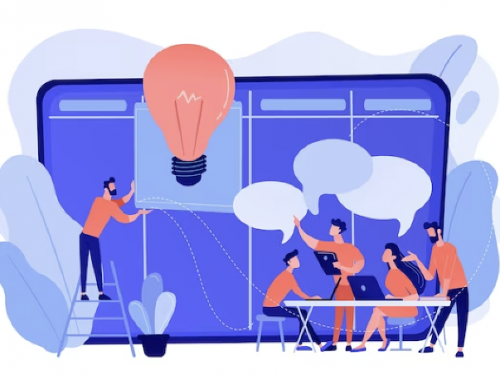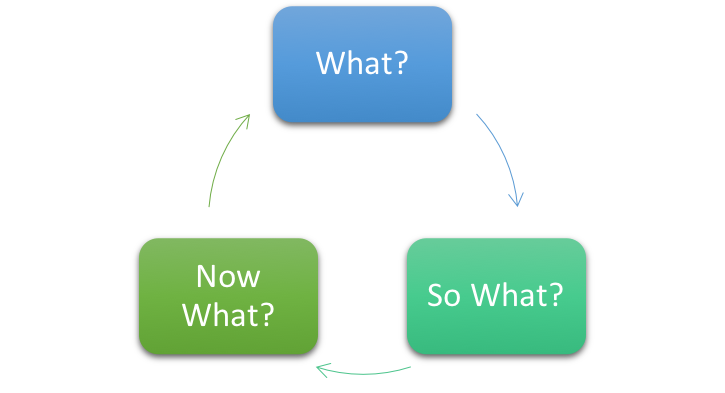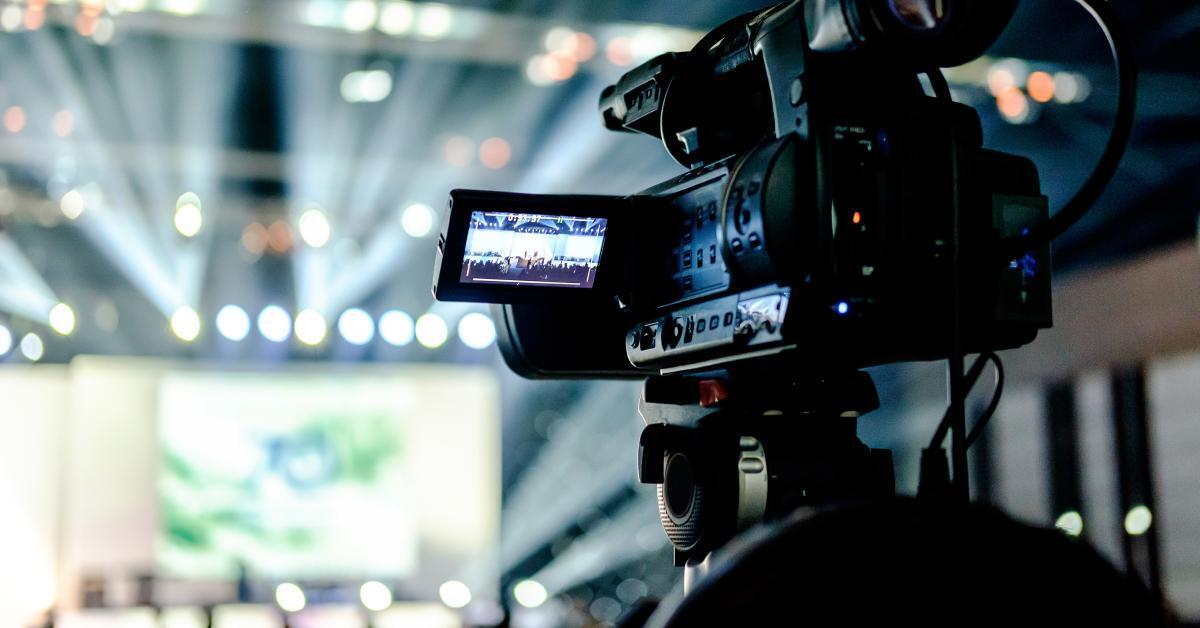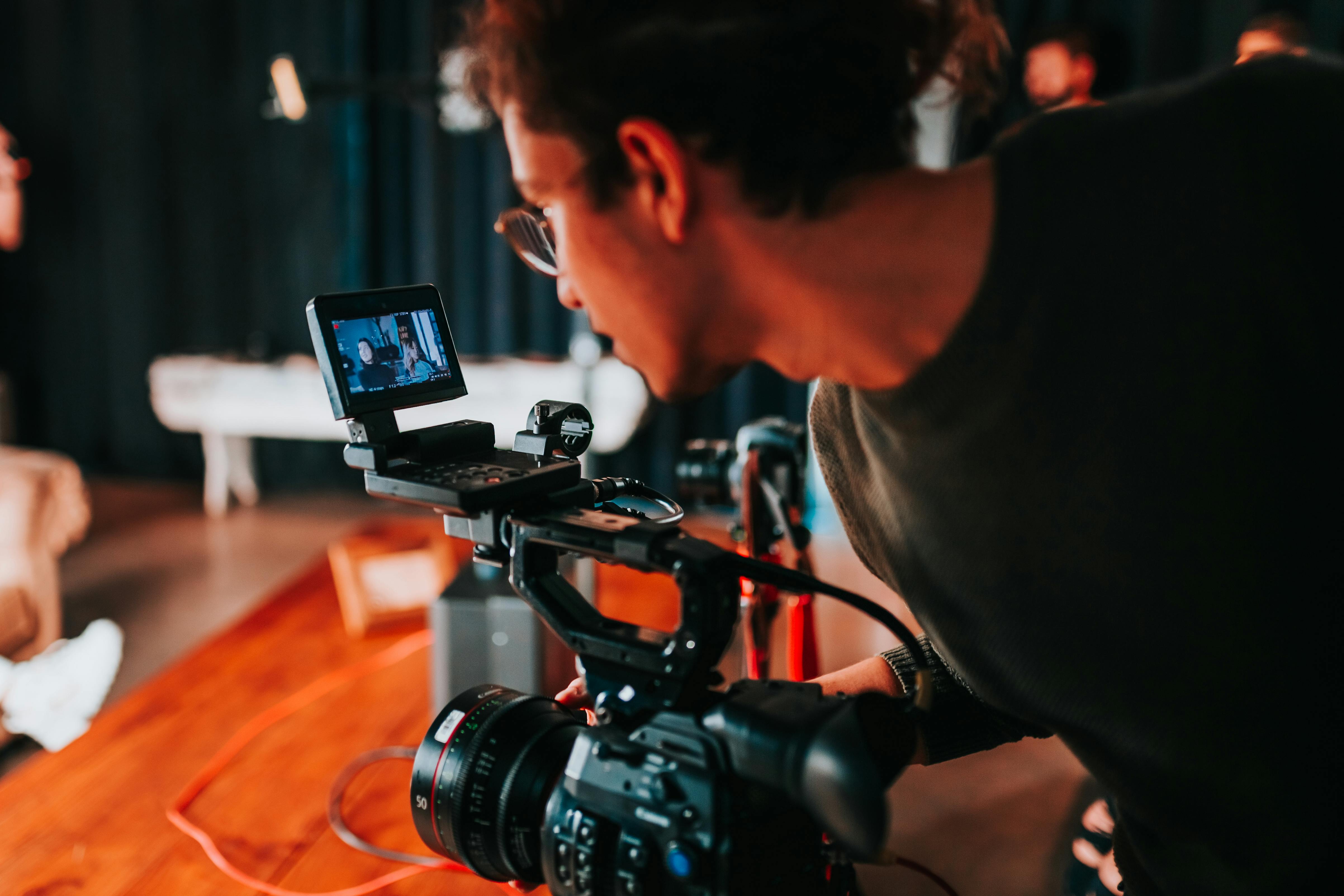Confidence is key
I have thoroughly enjoyed my work placement so far, it has taught me many new skills and given me a lot of experience in an area that I hope to one day work in. But it has not been without its challenges. I work for the SARC video team at Queens University Belfast where we record and livestream music performances on a weekly basis. This has taught me a lot about a variety of different areas that go into this work, camera work, vision mixing and what goes into setting up events like this. We all work as part of a team with several camera operators, a person vision mixing and occasionally if enough people are there a person operating the PTZ cameras (otherwise the person vision mixing does this), with this all being overseen by the person that runs our placement. Until one random week the person in charge of our placement had to go to a meeting, giving me my biggest challenge yet. I was going to be in charge of the stream this week, with no one to guide me.
In this blog post I intend to make use of Terry Borton’s model of reflection, which can be best summarised as asking the questions: What?> So what?> Now what? This method of reflecting on my experiences allows me to delve deeper into the crux of the event, analysing what it meant and discussing what followed. Reflection is a very key part of the learning process, as is stated by Duley in Reflection: Turning Experience into Learning (1981, cited in Boud, Keogh & Walker: 1985, 8):
The skill of experiential learning in which people tend to be the most deficient is reflection.’ Perhaps if we can sharpen our consciousness of what reflection in learning can involve and how it can be influenced then we may be able to improve our own practice of learning and help those who learn with us.
This quote highlights the importance of reflection in learning and its relevance when talking about work placement I feel.
It started out like any normal day working on the video team, I arrived on time and helped set up the tripods and cameras and helped tape down any wires around the room that might be a tripping hazard, the usual. By this stage everyone working on the video team has had quite a lot of time to figure out which role they like to do every week, whether it be camera operator or vision mixing. I myself quite enjoy vision mixing as its sort of like editing in real time and directing because you get to decide which camera is live on stream at any given moment and direct the camera operators and tell them what to focus on and what type of shot to get. So we decided who was on cameras, we had two camera operators and then I was going to do vision mixing and also control the PTZ cameras myself (PTZ cameras are basically just cameras that you can control via laptop or computer in a separate room to the camera itself and requires no human operator during filming).
As we were getting closer to the time when the concert was meant to begin the person in charge of my work experience informed me that they had to attend a meeting and would not be able to be there to oversee the livestream. Meaning that I would have to run the stream myself. I would have sole input on what the camera operators did and when they did it, I would have to simultaneously vision mix and control the PTZ cameras, and most dreaded of all, I would have to push the “Start Stream” button… chills.
At first I was extremely nervous, as while I’m usually given almost complete creative freedom when vision mixing if the person in charge of my placement is there during the stream they will occasionally give their input or give advice especially if something goes wrong. But this time it would be me alone to deal with any problems as the camera operators can’t really talk back to me during the stream so any technical difficulties would be my cross to bear. Once the camera operators were in their positions I began the stream, I was worried I had started the stream too early as the performers did not come on stage for a solid few minutes after I had pressed the button to begin the stream. But that was fine in the end as I think it gave more people time to join the stream and get settled.
I think I handled the pressure very well. I had set up several pre-sets for the PTZ cameras that I could cut to instantly in case anything came up and I needed a shot I knew I could rely on. I had a lot of shots already in mind for the camera operators that I could instruct them to switch to easily. The performance itself went smoothly, no issues with the musicians or any unexpected changes to the show. The only slight snag might have been when I was selecting a pre-set on one of the PTZ cameras which would involve the camera having to zoom out before getting the shot, and I accidentally switched too early on the stream deck and it may have shown up on camera but I don’t think it did and it would be a mild faux pas at best.
To conclude getting to run the livestream myself turned out to be a welcome experience that I would love to do again and I think has given the people I work for a lot more faith in me and has allowed me to work with more creative freedom on my placement.
Bibliography
Boud, D., Keogh, R., Walker, D. (1985) Reflection: Turning Experience into Learning Kogan Page. Available at: https://search-ebscohost-com.queens.ezp1.qub.ac.uk/login.aspx?direct=true&db=cat02616a&AN=qub.b18994799&site=eds-live&scope=site (Accessed: 18 April 2023).
Outgrowing Your Role
You May Also Like
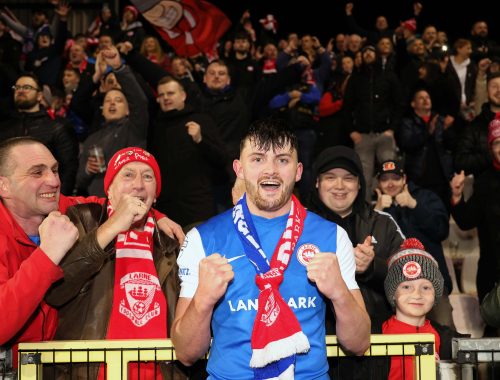
From Volunteer Videographer to Lead Graphic Designer: My Reflective Journey at Larne FC
18 April 2023
The Best Laid Plans of Mice and Men…
14 April 2023